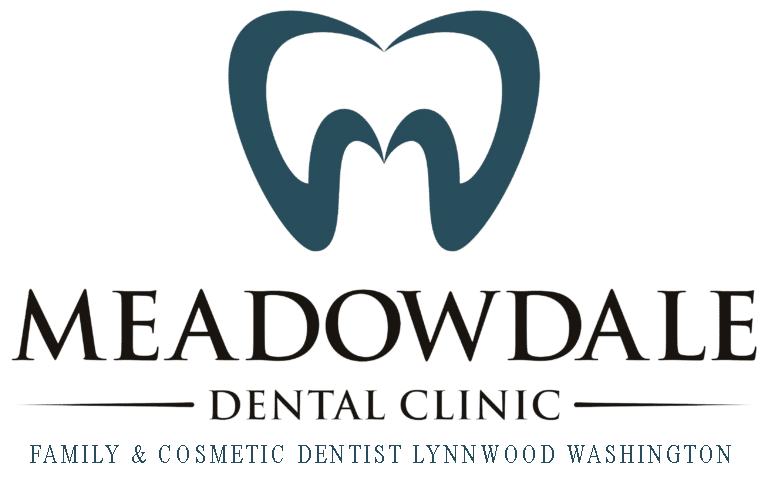How Much Does Dental Bonding Cost?
If you visit the dentist yearly, it is likely that at some point you’ve received a composite dental bonding lynnwood washington treatment. During the dental bonding procedure material is permanently secured to your teeth. The procedure involves the use of either a dental bonding adhesive or the application of a dental composite material. So how much does dental bonding cost? Below is a more detailed description of dental bonding treatment and some suggestions on how to cover the cost.
Types of Bonding
The two types of dental bonding that are most common are direct composite bonding and adhesive bonding. Direct composite bonding treatment is when neutral tooth-colored composite is applied to fill cavities, fix chips, or close any gaps between teeth. Direct composite bonding is a quick process that only takes one dental visit and can be a less expensive way to fix cosmetic issues like gaps, cracks, tooth discoloration, and crookedness.
Adhesive bonding is the process of attaching material to your teeth using an etchant. Etchant is a bonding adhesive. The adhesive is secured through the curing process using a high intensity beam of light. Adhesive bonding is commonly used with veneers, bridges, and crowns.
The Dental Bonding Process
The dental bonding process can be completed fairly quickly. The first step is to place a rubber dam in the mouth to keep the area dry from moisture and allow the dentist to access the area that needs treatment without interference. After the dam is securely in place, a phosphoric solution is rubbed on to the teeth to prepare the surface of the teeth for the bonding composite. Once the solution is added, the teeth are ready for either the direct composite bonding or the adhesive bonding treatment.
Dental Bonding Costs
Accurately estimating the cost of dental treatments, including dental bonding, can be difficult due to all of the factors that impact cost. Furthermore, the dental bonding procedure is usually performed in combination with other treatments, so separating out the specific costs can be even more difficult. Many times, the dental bonding procedure is part of an elective or cosmetic treatment and not based on need. If this is the case, many dental insurance plans may not fully cover the costs of the treatment. Other factors that impact the cost of the dental bonding treatment include the dentist’s training and years of experience, and the geographic location where the dentist is located. The average cost of dental bonding that is needed with composite veneers is between $300 and $700 for each veneer. For the installation of porcelain veneers the cost may be a bit more, on average ranging between $600 and $1,500 for each veneer. The best place to start when trying to estimate the costs associated with dental bonding is to have a discussion with your dentists. After a discussion with your dentist you may want to look into your dental insurance plan and try to determine what type of dental bonding is covered and if you have to pay out of pocket for the cost of the treatment.
Interesting in learning more about dental bonding? What's the difference between bonding and veneers?
